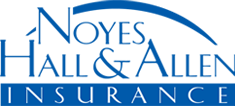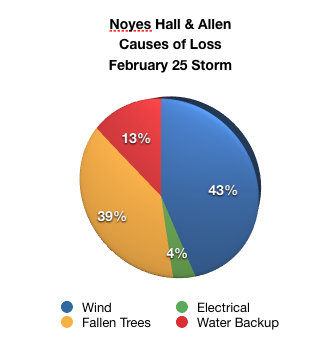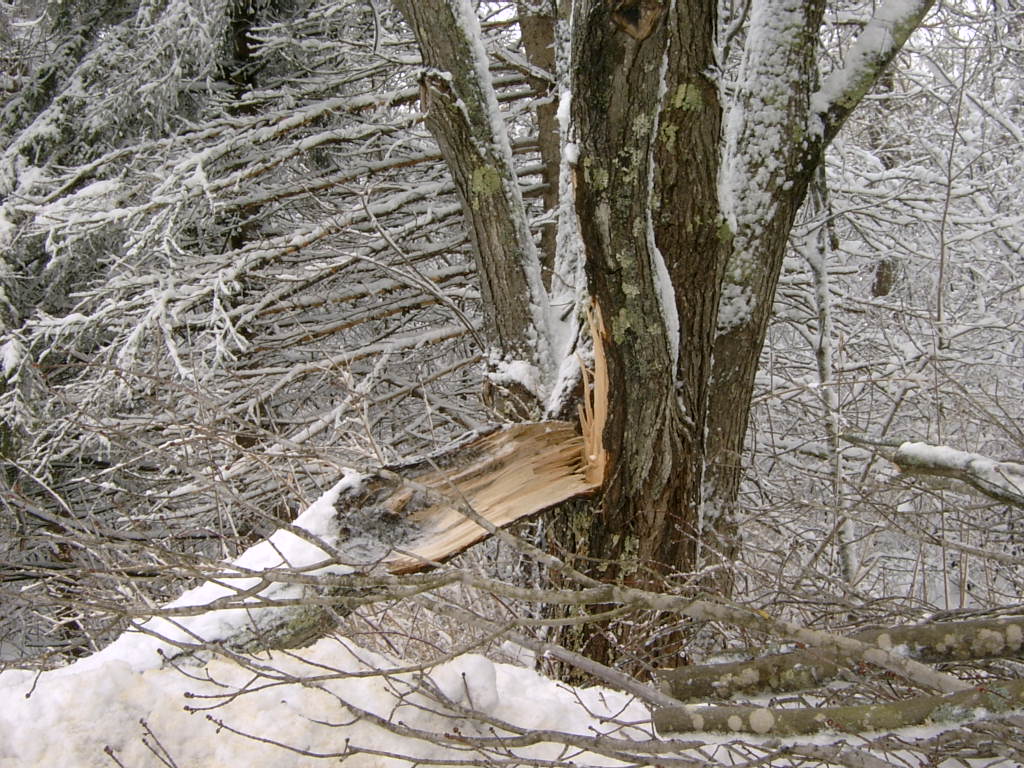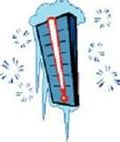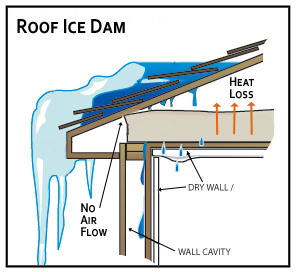There are few nightmares for Maine homeowners more unpleasant than a sewer backup in the basement. We don’t need to go into details about sewer backups. Suffice it to say, we hope you’ve never seen one, and never will. Unfortunately, they’re all too common in heavy rains.
What Causes Sewer Backup?
- Sewer lines become full of groundwater or storm water, and back up, usually through basement drains.
- Line blockages in the street cause a backup.
- Tree roots or some other obstruction on your property blocks the line from your home to the street.
How Can I Prevent a Sewer Backup?
The most common protection is to install a backflow valve. This is designed to allow sewage to flow out of your home (“the good way”), but not from the street into your home (“the bad way”). These are sometimes called check valves or flap valves. Gate valves are manually operated, and completely seal the pipe leading from your home to the street. A plumber can recommend the best solution for your home.
What if I Have a Sewer Backup?
- Call your city’s sewer maintenance department.
- They will check the line in the street near your house.
- If the line is not found to be blocked, you should call your plumber.
- We do not recommend trying to clean your own home after a sewer backup. Call a qualified remediation contractor. Search for “sewer or water cleanup contractor”.
Is the City Responsible for My Property Damage?
Probably not. The Maine Tort Claims Act holds your city responsible only if they were negligent in maintaining the lines. Most municipalities have strong maintenance programs for their systems. They’re not responsible for people dumping inappropriate items into the system, such as grease, non-flushable items, or debris. If you think that the damage was caused by your municipality’s negligence, contact their legal department.
Does My Homeowners Insurance Cover Sewer Backup?
“Off the shelf” Maine homeowners insurance policies do not cover property damage from backup of sewers or drains. Optional coverage is broadly available from your Maine insurance agent. For more information about sewer backup insurance, homeowners insurance or other storm insurance, contact Noyes Hall & Allen Insurance at 207-799-5541.

